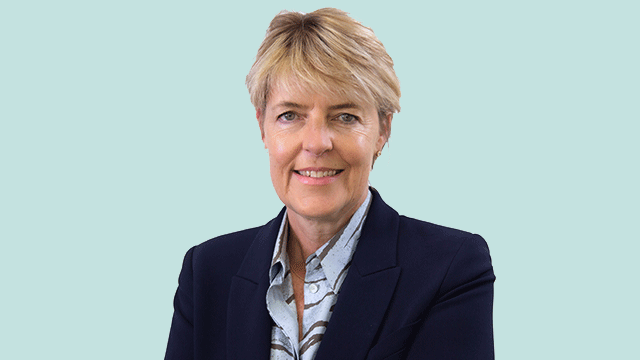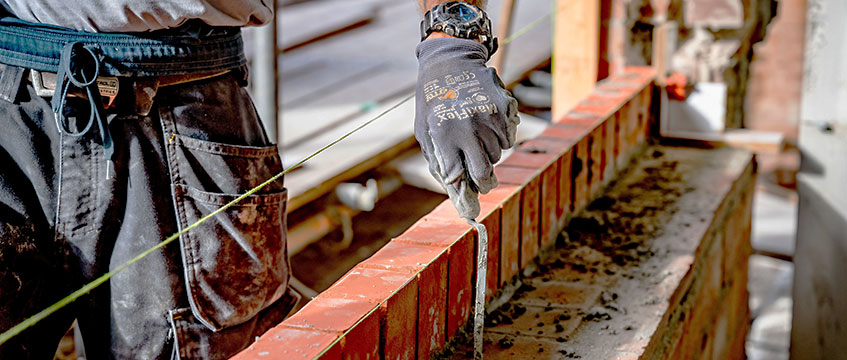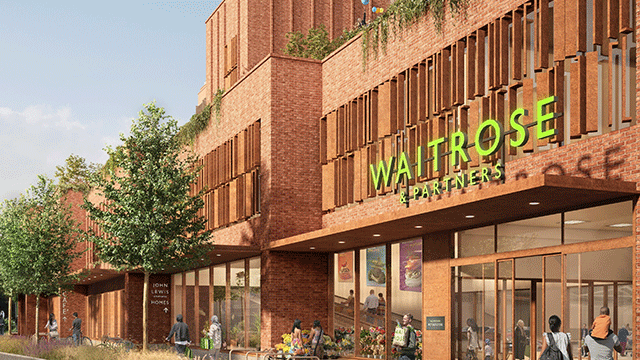“As valuers, there’s a lot of drudgery in the work that we do. The younger generation don’t want to be sitting there looking at a pen and paper.
“For them the future for valuations has to be down the route of almost robotising the system so we can make it more streamlined, more exciting and perhaps focus our minds more on the valuation and the technique of doing the valuation than worrying about the location of the property or other items, which are perhaps now superfluous in the reporting process.”
That was the view of Simon Jones, Lambert Smith Hampton’s national head of valuations, on how the valuations market needs to change.
This vital sector of the real estate industry has often been labelled as one of the least exciting but with property now firmly embracing the advent of technology and understanding how it can enable better, faster and potentially more exciting work, valuations is a sector ripe for evolution.
Challenges
The traditional and widely used current method of valuation report writing is hindered by huge challenges, says Jones.
“We’ve got to research numerous different areas to try and draw information together, whether that’s comparable data, planning data, statutory information, etc. That’s a huge challenge for us and takes a lot of time,” he says. “Going forward we need to be looking at those issues and those challenges and try to provide a more seamless and quicker process for our clients.”
To overcome those issues, the valuations industry, like industry as a whole, needs to embrace digitisation and automation. It is already using automated valuation models and has started to look at automated document assembly, but there is more that the industry can do to help deliver the speed, accuracy and transparency that clients want, says John Hadcroft, Aviva Investors senior portfolio surveyor.
Hadcroft says Aviva Investors has asked its valuation panel to look at the way it provides valuations and how it can use the technology it has to deliver a better service.
The younger generation would far rather go out and take a video of a building than spend half a day writing a description and writing a location within the report
“We’ve spoken to our panel about walking around with smartphones in our pocket every day. You could walk down the street and do a time-lapse video and explain to someone in 30 seconds where an asset is. You could explain the context of the asset so much better using video commentary,” he says.
LSH has already started producing three-minute valuations videos for clients and Jones thinks it could be the future. Who wouldn’t want to replace having to read – or compile – a 60-page report with watching a three-minute video?
“If you look at the younger generation,” says Jones, “they’re in touch with their smartphones and in touch with social media. They understand what is going on and would far rather go out and take a video of a building than spend half a day writing a description and writing a location within the report.
“There has to be a mind shift here for us as an industry to start thinking about what people really want and how they interact. We have to look at that and change the way we report to our clients.”
Value-add services
Antony Schober, managing director of KEL Computing, agrees. He says the more valuers can use technology in the reporting process, the more time they can dedicate to value-add services.
“You can spend a lot more time doing analysis, understanding the client’s risk rating and how the numbers actually stack up,” says Schober. “That’s the critical part of the whole valuations process because that’s ultimately what the clients really want to understand.
“If we can start providing more of a consultancy role to the industry, then that is where we are going to see an evolution of how we behave as an industry.”
Schober says this change in approach to valuations will be driven by client demand and competition.
He says: “Over the past two to three years we’ve seen the industry wake up to understanding that you have to differentiate yourself within the service that you are providing your clients.
“That’s going to be a big driver of the change. You have to understand what technologies are out there to support the whole process of providing clients with a better level of service, a service which is more accurate, more compliant, and is ultimately providing them with the insights they require to either achieve greater fund performance or mitigate the risks on lending.”
Valuations360
One of those new technologies is Valuations360 and it is one that LSH has started to use. The system allows valuers to start to digitise and simplify the process, taking out much of the early legwork, the 30-40% of time, LSH’s Jones says, that valuers spend doing the administrative and data collection element of report writing.
“It’s going to be invaluable for us and for our clients going forward,” says Jones. “It will enable us to capture data more quickly, more easily, get hold of comparables, and incorporate our own comparable databases into that system. These things are the future.”
“If we can get to a position where we’re spending the bulk of our time doing analysis rather than spending too much time putting files together and all the dull processes that go on at the moment, I think that would be a wonderful place to be,” says Jones. “It would be better for our clients and better for the profession as well.”
Find out more about how to digitise the valuations process.
To send feedback, e-mail or tweet @Samanthamcclary or @estatesgazette











